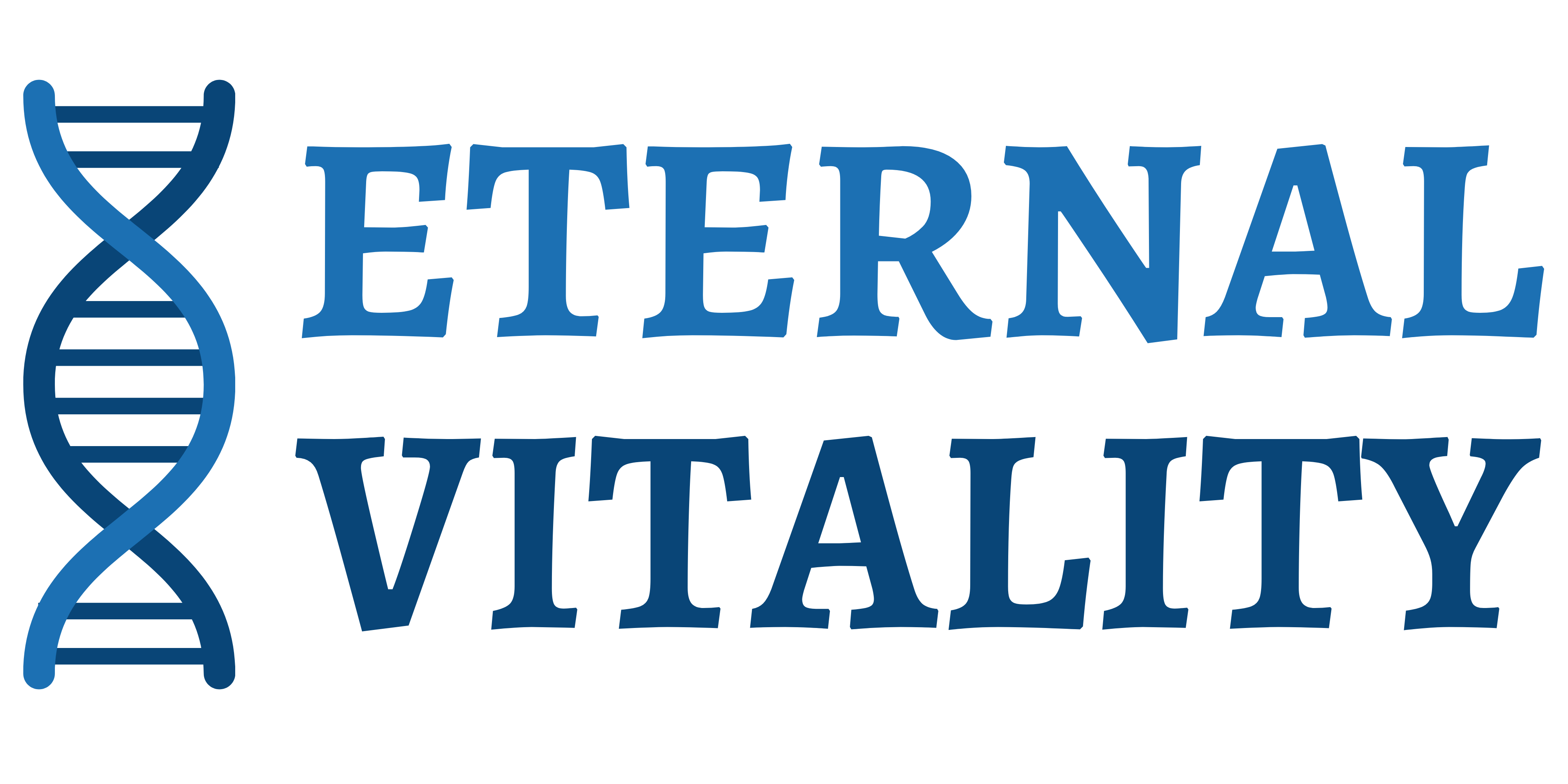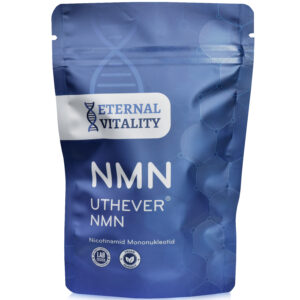In 2019, the global bestseller “Lifespan” on this topic was released by the world’s leading longevity researcher, Dr. David Sinclair, a professor at Harvard Medical School and director of the aging research department. His thesis: Aging is a disease that can and should be cured (or at least significantly slowed down). His research suggests that there is only one reason for aging: the loss of information. Sinclair thus established the Information Theory of Aging, based on 30 years of his research. There is no physical, chemical, or biological reason why living beings have to age. Some animals, like certain species of jellyfish, such as Turritopsis dohrnii, considered “biologically immortal,” are studied. When this jellyfish is physically damaged or stressed, it can revert to an earlier developmental stage, regenerate, and continue living. According to Prof. Sinclair, all higher organisms, i.e., plants and animals, age because they all descend from a common ancestor. A small organism he calls the “Great Survivor”. This organism developed a unique survival mechanism that allowed it to endure hostile phases of Earth’s history where its competitors perished. And ironically, this survival mechanism is the reason we age.

Lifespan – Prof. Dr. David Sinclair
How do these survival mechanisms work? The DNA of living cells is exposed to various influences that can cause damage to its components, such as radiation, harmful chemicals, or simply the cells’ reproduction, which occurs billions of times daily in the human body. To repair this damage, this primal cell type, the “Great Survivor,” developed a special survival mechanism that remains essential today. Our cells invest their available resources (material and energy) either in longevity (repairing damage) or in growth and reproduction. It’s not possible to pursue both paths simultaneously. So, how is this related to aging? In simple terms, two fundamentally different types of information are stored in our cells: digital information and analog information. The digital information corresponds to the sequence of base pairs in our DNA – the DNA code. All our cells have the same DNA code, carrying the same digital information. But how does a brain cell know it’s a brain cell and not a liver cell? The epigenome is responsible for this. It consists of proteins, specifically enzymes, which decide which genes should be activated and which should not. The epigenome is, therefore, the analog information of a cell, complementing the digital information in the DNA code.
The sirtuins as the main performers of our cell
One can think of the epigenome as a conductor standing before an orchestra, with the musicians representing DNA. The conductor decides which melody will be played. Key players in this are various epigenetic regulators that attach to the DNA and selectively turn off genes. These epigenetic regulators are called sirtuins, which decide between reproduction or DNA repair. If the sirtuins are hindered in their work and cannot selectively turn off genes, information can be lost, and the cell might not know if they are, for instance, nerve or skin cells. The cells lose their identity, and this is precisely what aging is. Why might the sirtuins be hindered in their work? That’s the big issue. Unfortunately, sirtuins have multiple tasks; besides turning off specific genes, they are also responsible for DNA repair. The more DNA breaks there are, the more often genes that should be turned off are temporarily turned on. When sirtuins are called away for repairs and leave their post, the genes can’t be turned off, leading to further damage.
Thus, is aging inevitable or not?
If the sirtuins didn’t have to perform two tasks simultaneously or if they worked more efficiently, we could slow down or even reverse aging. However, over time, the “work ethic” of the sirtuins decreases, accelerating the aging process in living beings. According to Sinclair, this is due to a lack of resources. Sirtuins increasingly lack the fuel they need. This fuel for the sirtuins is called Nicotinamide Adenine Dinucleotide (NAD+). If the levels of NAD+ in our cells increase, our sirtuins would work more reliably, and we would age more slowly.






